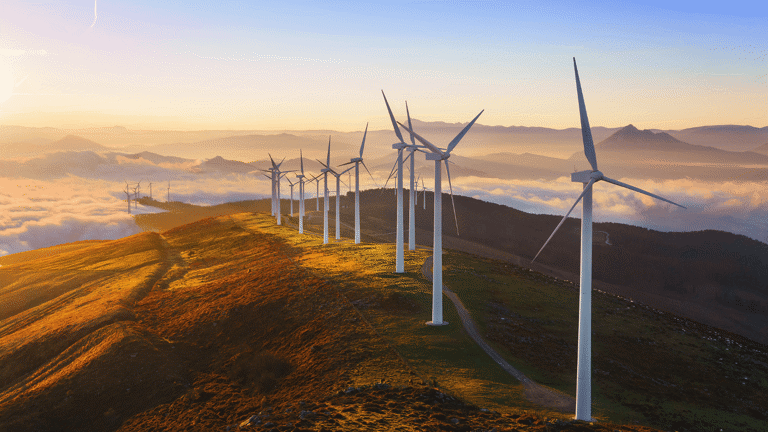As the response to climate change gathers pace, businesses are beginning to recognise the value in demonstrating to consumers and lenders that they are committed to their sustainability.
In this article our solicitors explore green development and lending and its implications.
The UK Government have set a target of achieving Net Zero by 2050.
Net Zero is the state of balancing the amount of carbon emissions that we put into the atmosphere with the amount that we take out.
Businesses have taken various approaches to improving their green credentials. Some are investing heavily in technology key to improving the sustainability of the industry, whilst others are developing products and processes that reduce waste and improve the energy-efficiency of their operations. One area with the capacity to make a big impact with the improvement of its sustainability is the real estate sector.
The built environment accounts for around 40% of the UK’s carbon emissions.
What are green loans?
The Government have placed reliance on the financial services sector to fund their ambitions, and lenders are offering Green Loans and Sustainability-Linked Loans to those who meet certain environmental criteria.
Allianz Real Estate recently provided a Green Loan of £140 million to the Canary Wharf Group in London, and Aviva Investors have confirmed their plans to lend £1 billion to sustainable real estate over the next four years.
Green Loans are granted to those with a green purpose or project, such as renewable energy improvements or low carbon heating improvements to commercial buildings.
Sustainability-Linked Loans are different in that they do not focus on the purpose of the funding. Instead, they encourage sustainability by incentivising the borrower to realise sustainability performance targets which are agreed with the lender at the outset.
The loans offer reduced margins and can boost the profile of a business by demonstrating to investors, consumers, suppliers, and employees that it is serious about its environmental and social impact.
For a loan to be a ‘Green Loan’, there are minimum standards that must be met to prevent businesses ‘green-washing’ and portraying themselves to be more environmentally friendly than is true.
Properties with poor sustainability levels are a risk for both borrowers and lenders as we edge towards a greener future. Borrowers who pay attention to the sustainability of their property, and any new property that they may acquire, are perceived by lenders to be less risky in the long-term and deserving of better lending terms.
So far, most loans have been granted to big companies. But with banks under pressure to improve their own green credentials, it is expected that green lending will become much more common in the near future.
Speak to our legal specialists
Want to discuss the legal implications of green development and lending for you and/or your business? Contact our team today by completing the form below.
Need to Speak to Someone?
Use the form to send us some details about your matter and one of our experts will get in touch, or you can call us using the number below.
01244 405555






